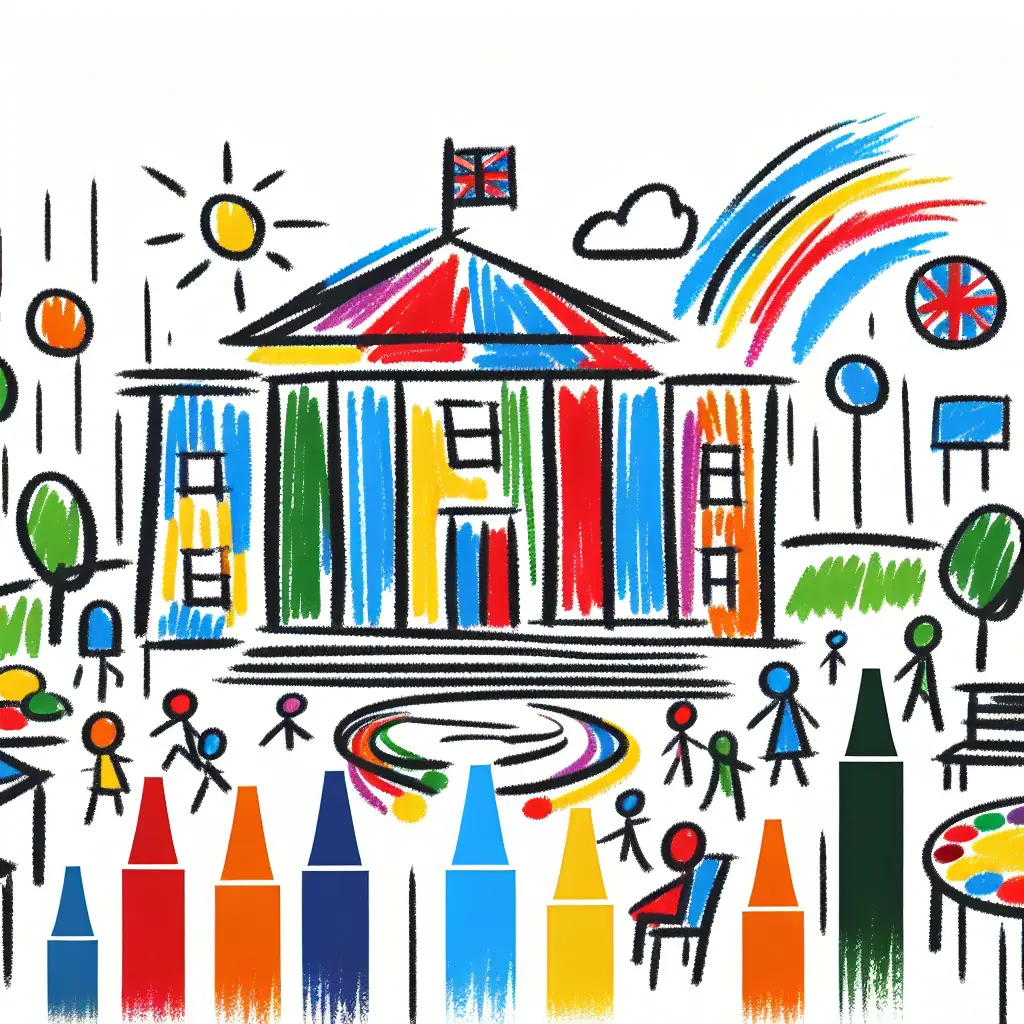White House unveils plans for new $200m ballroom

Explain Like I'm 5
Imagine the White House as a really big, fancy house where the President of the United States lives and works. Now, imagine they want to build a super huge and fancy room, like a castle's ballroom, where they can have big parties and meetings. This new room is going to cost a lot of money, like if you bought millions of ice cream cones! Former President Donald Trump thought this was a good idea a long time ago, and now they are starting to plan to actually build it!
Explain Like I'm 10
The White House, which is where the President of the United States lives, has announced plans to build a new ballroom that costs $200 million. That’s like building a really expensive, giant party room! Donald Trump, who was the President before, has been saying this is a good idea for almost ten years. He thinks the White House needs a better space for big events and gatherings, kind of like how your school might have an auditorium for assemblies and plays.
Right now, they are just starting to plan this big project. It's a lot of money, and building something this fancy and big takes a lot of planning and time. They need to decide how it will look, who will build it, and how to make sure it's the best it can be for all the important events it will host.
Explain Like I'm 15
The White House is not only a residence but also a symbol of the U.S. presidency and its administration. Recently, it's been revealed that there are plans to construct a new ballroom valued at about $200 million. This idea has been pushed by former President Donald Trump for nearly a decade, emphasizing the need for a more suitable and modern space for state functions and large official gatherings, which he believed were lacking.
This new ballroom would be a significant investment and is expected to enhance the White House's capabilities to host high-profile events. The cost and scale of this project mean it will likely be a point of discussion regarding federal spending and priorities. It raises questions about budget allocation—spending a huge amount on construction while weighing other national necessities.
The broader implications of such a project include its potential impact on historical preservation and modernization of the White House. It also reflects on how administrations view the importance of physical settings in statecraft and diplomacy. As plans unfold, there will be more discussions on design, environmental, and historical considerations, given the iconic status of the White House. Experts might analyze its necessity versus its symbolism, especially in an era where virtual interactions have become more prevalent due to technology and global situations like the pandemic.
Want to read the original story?
View Original Source